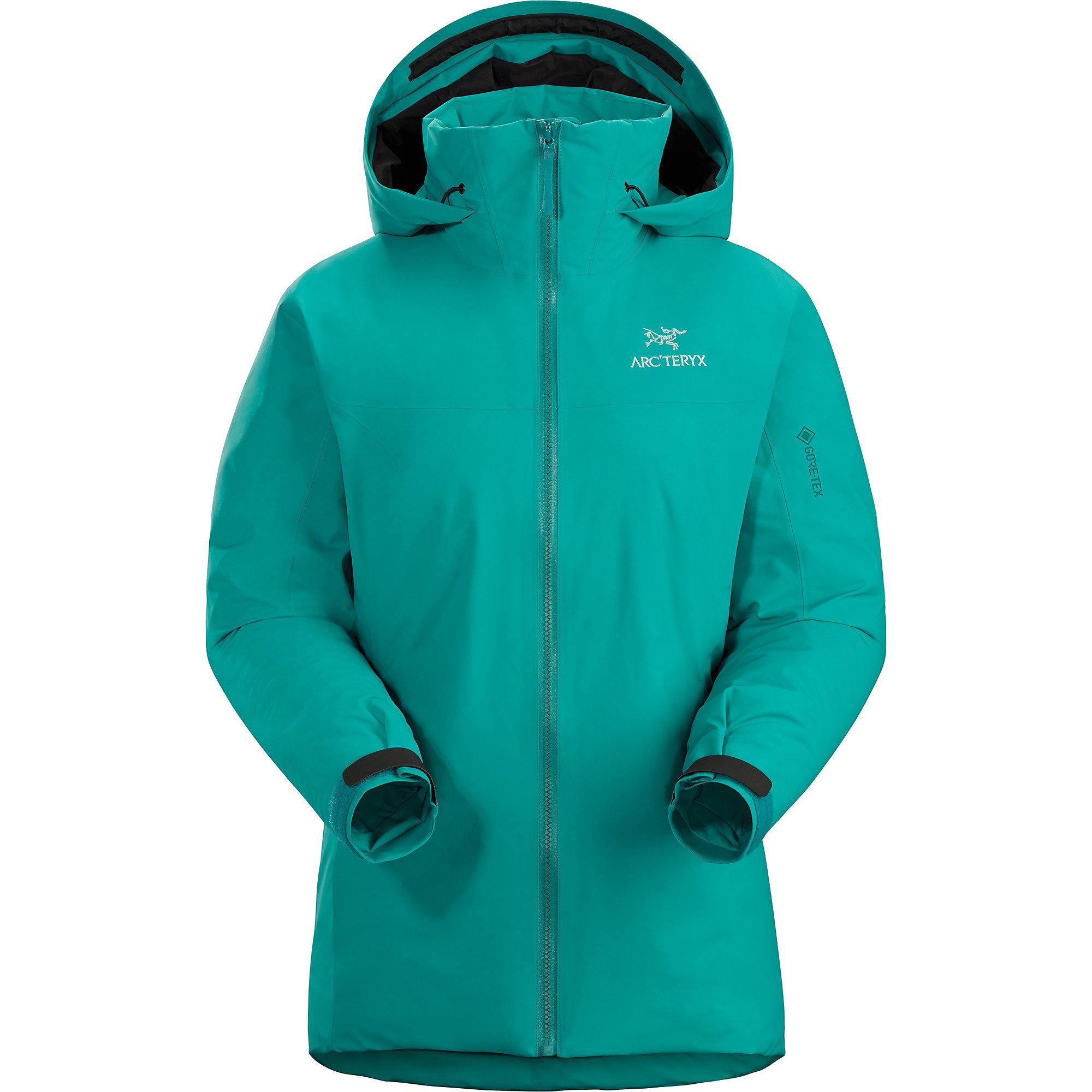

We also show that rearrangements (inversions and translocations) contribute to reproductive isolation, whereas CNVs do not. We show that CNVs are transient within clonal populations, and are frequently not well tagged by SNPs. They contribute an average of 11% of trait variance (the much more abundant SNPs contribute 24% on average), with the largest effects coming from CNVs. We show that SVs have strong effects on a variety of quantitative traits and intrinsic reproductive isolation. Here, we utilize the recent availability of 161 fission yeast genomes and extensive data on quantitative traits and reproductive isolation 17 to describe the nature and effects of SVs in S. Given this evidence for SVs and their effects in this model species, we recognized that a systematic survey of SVs would advance our understanding of their biological influence. Previous analyses of fission yeast have begun to describe both naturally occurring and engineered inversions and reciprocal translocations 6, 7, 18.

This model organism combines the advantages of a small, well-annotated haploid genome 19, abundant tools for genetic manipulation and high-throughput phenotyping 20, and considerable resources of genome-scale and gene-centric data 21, 22, 23.

We and others have recently begun to develop the fission yeast Schizosaccharomyces pombe as a model for population genomics and quantitative trait analysis 6, 7, 16, 17, 18. Inversions are known to influence reproductive isolation 6, 7, 8, 9, 10, 11, 12, 13 and other evolutionary processes such as recombination 8 and hybridization between species 14, with a variety of consequences 15. Copy number variants (CNVs) in particular influence quantitative traits in microbes, plants and animals, including agriculturally important traits and a variety of human diseases 1, 2, 3, 4, 5. Nevertheless, it is clear that SVs have strong effects on various biological processes. SVs, including deletions, duplications, insertions, inversions and translocations, are the most difficult to type and consequently the least well described. Collectively, these findings have broad implications for evolution and for our understanding of quantitative traits including complex human diseases.Ī variety of genetic changes can influence the biology of species, including single-nucleotide polymorphisms (SNPs), small insertion-deletion events (indels), transposon insertions and large structural variations (SV). CNVs make substantial contributions to quantitative traits, most notably intracellular amino acid concentrations, growth under stress and sugar utilization in winemaking, whereas rearrangements are strongly associated with reproductive isolation. These transient CNVs produce stoichiometric effects on gene expression both within and outside the duplicated regions. We show that copy number variants (CNVs) show a variety of genetic signals consistent with rapid turnover. pombe strains, including duplications, deletions, inversions and translocations. We establish a high-quality curated catalogue of SVs in the genomes of a worldwide library of S. We analyse the effects of SVs on gene expression, quantitative traits and intrinsic reproductive isolation in the yeast Schizosaccharomyces pombe. Large structural variations (SVs) within genomes are more challenging to identify than smaller genetic variants but may substantially contribute to phenotypic diversity and evolution.


 0 kommentar(er)
0 kommentar(er)
